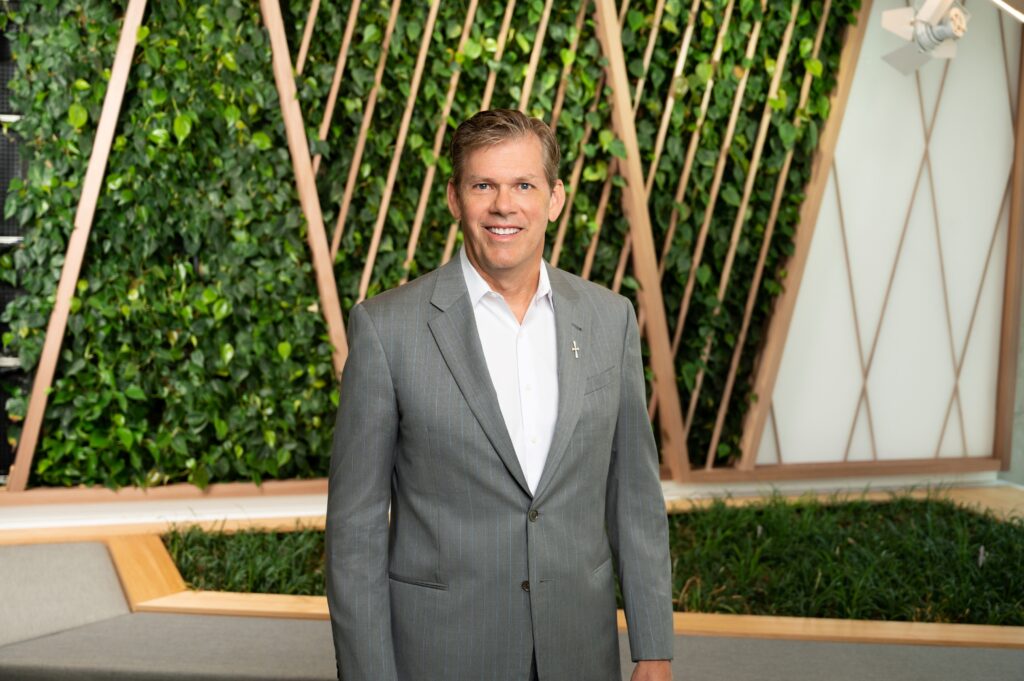Why CEOs Must Stop People-Pleasing to Lead Effectively.
- August 15, 2024

When envisioning a CEO, most of us picture a strong, decisive leader—a person of unwavering vision who makes tough calls without hesitation. We imagine them as impervious to the distractions of everyday office politics, especially the tendency to please others at the expense of the organization’s greater good. However, this image is often a misconception. I talk about failure modes in my book, The Chief Executive Operating System, but CEOs, like anyone else, can fall prey to the People-Pleasing failure mode. Yet, for those in top leadership roles, this inclination can spell disaster for the organization.
In this article, we’ll explore why people-pleasing is particularly detrimental for CEOs, how it manifests in leadership, and what steps can be taken to overcome this tendency. Drawing from practical insights and experiences, we’ll lay out the dangers of people-pleasing in the C-suite and provide actionable advice for CEOs striving to lead with integrity and decisiveness.
The Dangers of the People-Pleaser CEO
While the desire to make others happy is a natural human impulse, it becomes problematic when it interferes with effective leadership. A CEO who prioritizes approval over organizational health can lead a company down a perilous path.
Here are some of the key red flags associated with being a people-pleaser CEO:
Inability to Make Tough Decisions
The role of a CEO inherently involves making difficult decisions, often with downsides. For a people-pleaser CEO, the desire to maintain approval from others can lead to decision paralysis. Instead of making the hard, but necessary choices, they may delay action or opt for a course of least resistance; one that pleases the majority, but fails to serve the long-term interests of the company.
For instance, consider a scenario where a key executive underperforms. The people-pleaser CEO, fearing the fallout from firing a well-liked executive, may allow the situation to fester. This avoidance not only undermines the your authority as CEO, but also sends a message to the rest of the organization that mediocrity is acceptable.
Allowing Issues to Fester
One of the most insidious effects of people-pleasing in leadership is the tendency to avoid confronting issues head-on. A people-pleasing CEO may shy away from addressing emerging problems, preferring to maintain a facade of harmony. However, issues left unaddressed don’t disappear; they grow. By the time they’re forced to act, the problem may have escalated into a full-blown crisis that threatens the organization’s stability.
In The CEO Tightrope, I discuss the importance of having a management system in place to ensure consistent and effective management across the organization. This system is crucial for preventing problems from slipping through the cracks as the company grows. Without it, the people-pleaser CEO is likely to find themselves overwhelmed by issues they failed to address in their early stages.
Loss of Credibility
Credibility is the bedrock of leadership. A CEO who constantly bends to the whims of others loses their credibility as a leader. Leadership requires a clear vision and the ability to convince others to follow it—not merely doing what is popular at the moment. A CEO who is unable to stand firm in their decisions, ends up losing the respect of their team. Over time, this erosion of credibility can cripple their ability to lead effectively.
Burnout
People-pleasing is exhausting. The constant effort to keep everyone happy drains energy that could be better spent on strategic thinking and decision-making. Over time, this can lead to burnout. A CEO who is burned out is not only less effective, but also, more likely to make poor decisions. Which creates a vicious cycle that can further harm the organization.
Recognizing People-Pleaser CEO Tendencies
The first step in overcoming people-pleasing tendencies is recognizing them. Here are some signs you may be falling into the trap of people-pleasing:
- Over-concern with Approval: Regularly worrying about what others think rather than focusing on what’s best for the organization is a red flag.
- Decision Paralysis: Avoiding tough decisions, such as terminating an underperforming employee, due to fear of backlash.
- Tolerating Mediocrity: Allowing employees who consistently underperform to stay on because of their personal narratives, likability, and your fear of confrontation.
- Stress Over Taking a Stand: Feeling significant stress when required to take a clear position on an issue.
- Inaction Due to Over-analysis: Listening to multiple points of view and becoming paralyzed by the fear of disappointing any one group, leading to slow or no decision-making.
- Difficulty Setting Objectives: Struggling to set clear, measurable objectives because of the discomfort associated with holding people accountable.
Strategies to Overcome People-Pleasing Tendencies
Overcoming people-pleasing tendencies requires deliberate effort and a willingness to embrace discomfort. Here are some strategies for you to consider:
Embrace Discomfort
Leadership often requires making decisions that won’t be popular with everyone. Recognizing that discomfort is a natural part of the CEO role is essential. Rather than avoiding it, you should lean into it, understanding that momentary discomfort is often a necessary step toward achieving long-term organizational health.
Establish Clear Values and Priorities
Having a clear set of values and priorities can serve as a compass for decision-making. When faced with difficult choices, you can refer back to these core principles to guide your actions. This helps make decisions align with the long-term vision of the company, rather than succumbing to the immediate desires of others.
Develop a Consistent Management System
A consistent management system ensures all employees are managed according to the same principles, reducing the variability that often comes with people-pleasing behavior. This system should include regular performance reviews, clear communication channels, and a process for addressing issues as they arise.
Practice Decisive Leadership
As the CEO, you must practice prompt decision-making, even in the face of incomplete information. The 40/70 rule, popularized by Colin Powell, suggests that leaders should make decisions when they have between 40% and 70% of the information available. Waiting for 100% certainty leads to paralysis and missed opportunities. It’s better to make a decision and course correct later on if necessary rather than make no decision at all.
Build a Support Network
Having a trusted support system—whether it’s a mentor, a coach, or a peer group—can provide invaluable advice and perspective. These individuals can offer candid feedback and help you see when you might be falling into people-pleasing patterns. Regular discussions with a coach or mentor can help in processing these tendencies and developing strategies to overcome them.
Journaling and Self-Reflection
Journaling can be a powerful tool to reflect on your decision-making processes and identify moments where people-pleasing tendencies may have influenced your actions. Regular self-reflection allows for continuous improvement and greater self-awareness, which are crucial for effective leadership.
Leadership isn’t about being liked; it’s about guiding your organization toward its goals, even when that means making unpopular decisions. The people-pleaser CEO, while well-intentioned, ultimately fails in this role by prioritizing short-term harmony over long-term success. By recognizing and addressing these tendencies, CEOs can become more decisive, credible, and effective leaders.
In the end, overcoming the “People-Pleasing CEO” failure mode is not just about personal growth—it’s about safeguarding the health and success of the entire organization. As I emphasizes in my books and trainings, the role of a CEO is to make tough decisions and guide the organization towards it’s goals, even when it’s uncomfortable to do so. This is the true mark of leadership, and it’s what separates effective, impactful CEOs from the rest.





